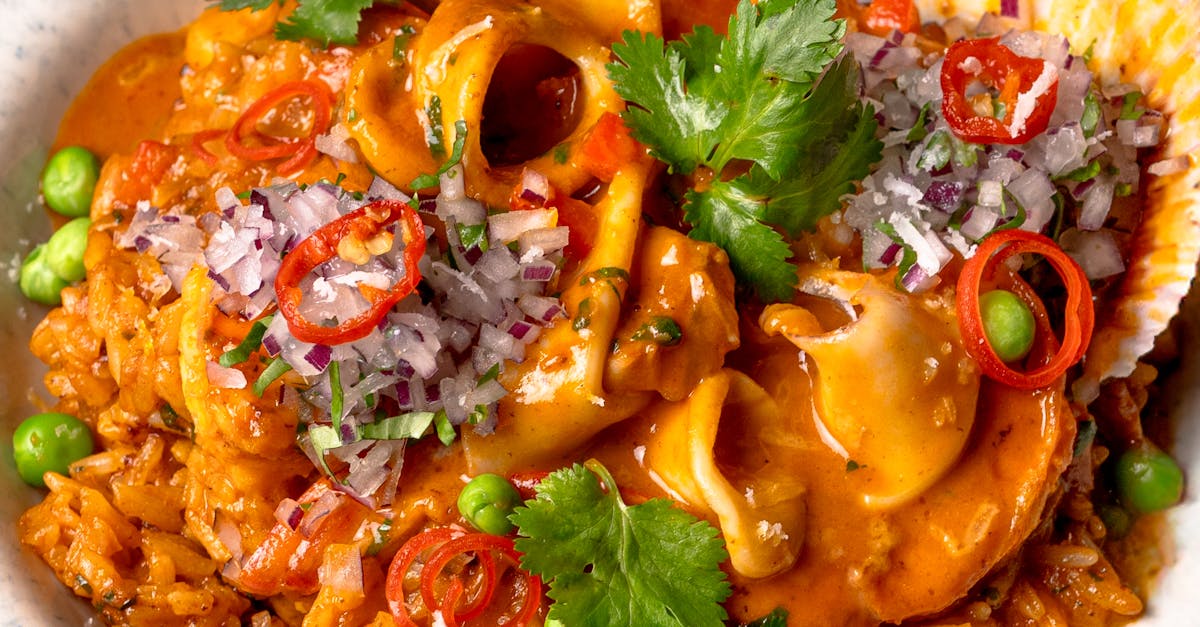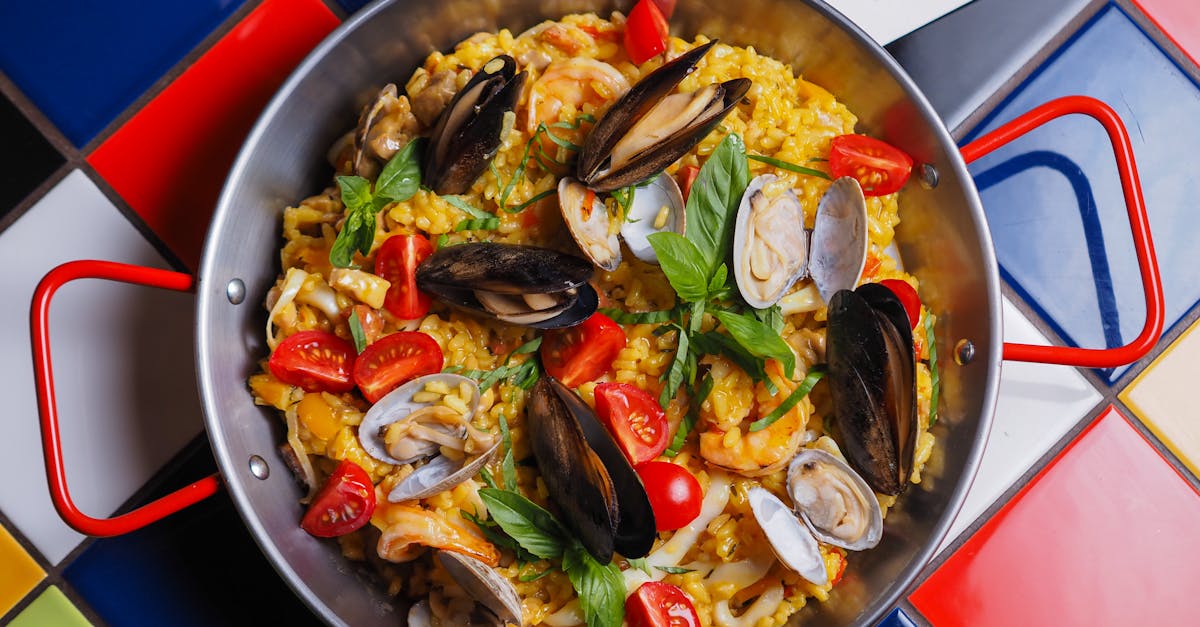Oldest Spanish Recipes
May 30, 2025

When speaking about the culinary history of Spain, one cannot help but be captivated by the rich tapestry of flavors, ingredients, and traditions that have shaped its cuisine over centuries. At its core, Spanish food is a reflection of the country's diverse cultural influences, from the Moorish spices of Andalusia to the hearty stews of the Castilian plains. This culinary heritage is perhaps best showcased in the oldest Spanish recipes, which offer a glimpse into the past and a taste of tradition.
These ancient recipes provide a fascinating insight into the culinary practices of bygone eras, offering a window into the daily lives and preferences of the people who lived centuries ago. Universally cherished are the simple yet flavorful dishes that have stood the test of time, passed down through generations via oral tradition or handwritten manuscripts. Overall, these recipes form the foundation of Spanish gastronomy, shaping the way modern chefs approach and reinterpret traditional dishes.
Fundamentally, these oldest Spanish recipes are a testament to the resourcefulness and creativity of the people who crafted them, making the most out of simple, locally available ingredients. Whether it is a humble vegetable stew or a decadent dessert, these recipes showcase the artistry and ingenuity of Spanish cooks throughout history. Essentially, they embody the essence of Spanish cuisine: flavorful, varied, and deeply rooted in tradition.
Primarily, these ancient recipes offer a glimpse into the past, allowing us to connect with our culinary heritage in a tangible and delicious way. From the hearty cocido madrileño of Madrid to the aromatic paella of Valencia, each dish tells a story of the land and the people who created it. Conventionally prepared using time-honored techniques and methods, these recipes are a tribute to the perseverance and dedication of generations of Spanish cooks.
Broadly speaking, exploring the oldest Spanish recipes is not just a culinary journey but a cultural one as well. It provides a window into the history, geography, and social dynamics of Spain, offering a deeper understanding of the country and its people through the lens of food. Commonly beloved by Spaniards and food enthusiasts alike, these recipes continue to inspire and delight, bridging the gap between the past and the present.
Surprisingly, these oldest Spanish recipes also shine a light on the evolution of culinary techniques and tastes over time. While some dishes have remained relatively unchanged, others have undergone subtle modifications to suit contemporary palates while still paying homage to their ancient roots. This adaptation showcases the dynamic nature of Spanish cuisine, where tradition and innovation coexist harmoniously.
Equally important, the preservation of these historic recipes is vital in safeguarding Spain's cultural heritage. By documenting and sharing these culinary treasures, we ensure that future generations can continue to savor and appreciate the flavors of the past. Through culinary education and the celebration of traditional cooking methods, these recipes serve as a link between the past and the present, fostering a sense of connection and identity among Spaniards and food enthusiasts worldwide.
In particular, the essence of these oldest Spanish recipes lies not only in their ingredients and preparation but also in the communal spirit they embody. Many of these dishes were traditionally shared during gatherings, celebrations, or religious festivals, emphasizing the social significance of food in Spanish culture. From the simple act of breaking bread together to the elaborate feasts prepared for special occasions, these recipes capture the essence of conviviality and hospitality that is deeply ingrained in Spanish culinary traditions. Consequently, they offer us a glimpse into the vibrant tapestry of Spanish life through the ages, where food has always been a central element of joy, togetherness, and cultural pride.

Exploring ancient spanish culinary traditions
For the same reason, delving into these ancient Spanish recipes also sheds light on how environmental factors have influenced traditional dishes. The use of locally sourced ingredients not only reflects the agricultural practices of different regions but also highlights the sustainability that has been inherent in Spanish culinary culture for centuries. The reliance on what the land provides has shaped the uniqueness of each recipe, showcasing the close relationship between Spaniards and their natural surroundings. The resourcefulness displayed in these recipes, utilizing what was seasonally available, demonstrates a deep respect for the environment and the bounty it offers.
A prime example being the gazpacho, a chilled tomato soup hailing from Andalusia, perfectly encapsulates this harmonious connection. The combination of ripe tomatoes, cucumbers, peppers, garlic, olive oil, and stale bread not only creates a refreshing and flavorful dish but also showcases the ingenious use of simple, fresh ingredients that flourish in the warm Mediterranean climate. Gazpacho serves as a testament to the adaptability and innovation of Spanish cooks in utilizing what grows abundantly in their surroundings, translating into a dish that is both delicious and sustainable.
Understanding the historical context and origins of these recipes provides insight into the cultural tapestry of Spain, where culinary traditions are woven into the fabric of daily life. Through these dishes, one can trace the footsteps of ancient civilizations, from the Phoenicians and Romans to the Moors and beyond, each leaving their mark on Spanish gastronomy. Spaniards have honored this diverse heritage by preserving and celebrating these ancient recipes, ensuring that generations to come can continue to savor the flavors and stories of the past. In preserving these culinary treasures, we not only safeguard the essence of Spanish cuisine but also pay homage to the ingenuity and resilience of those who came before us.
In conclusion, diving into the ancient Spanish recipes not only offers a tantalizing journey through time but also serves as a gateway to understanding the soul of a nation through its culinary traditions. The dishes, woven with history, showcase the resilience, creativity, and communal spirit of the Spanish people throughout the ages. By savoring these recipes, we honor the past, celebrate the present, and ensure the continuity of these flavorful traditions for future generations to relish.
Exploring the gastronomic heritage of Spain unveils a world where food isn't merely sustenance but a cultural masterpiece passed down through time. From the flavorful gazpacho to the aromatic paella, each dish whispers tales of resilience, adaptation, and above all, a deep connection to the land and its bounty. Therefore, these ancient recipes are not just a collection of dishes; they are a living testament to Spanish ingenuity, resourcefulness, and unyielding passion for life's simple pleasures.
As we embrace the oldest Spanish recipes, we partake in a legacy that goes beyond mere sustenance; it is a heritage rich in tradition and a testament to the enduring spirit of a nation. Through these culinary treasures, we connect with the essence of Spain, where the past converges with the present in a symphony of flavors and stories—a delightful feast for the senses and the soul. So, let us raise a glass to the ancient Spanish recipes, where history, culture, and taste blend harmoniously, ensuring that their legacy endures for generations to come.

Title
I'm a paragraph. Click here to add your own text and edit me. It's easy.

Title
I'm a paragraph. Click here to add your own text and edit me. It's easy.

Title
I'm a paragraph. Click here to add your own text and edit me. It's easy.


